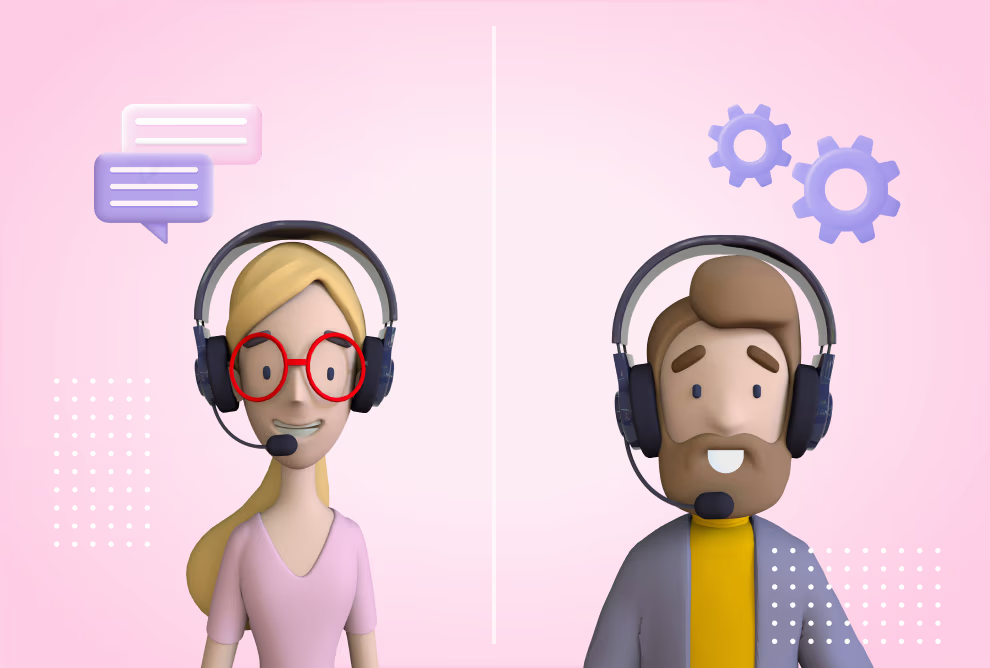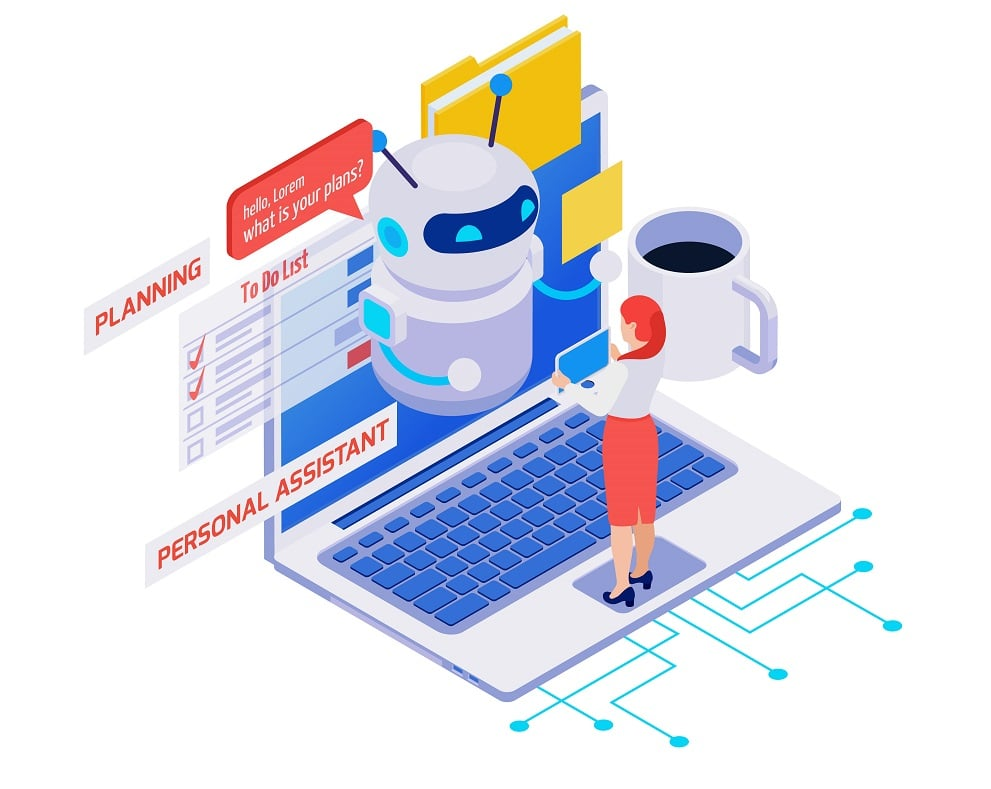Customer service vs. customer support are often used interchangeably, leading to confusion about their distinct roles within a business. While both are crucial for a positive customer experience, understanding the nuances between customer service vs. customer support is essential for businesses aiming to build strong customer relationships and optimize their operations. So, what’s the real difference? Let’s unveil it.

Defining Customer Service: Building Relationships and Loyalty
Customer service is the broader concept, encompassing all interactions a customer has with a company. It’s about creating a positive customer experience from the initial point of contact and throughout the entire customer journey. Think of customer service as being proactive and focused on building relationships and fostering customer loyalty.
Customer service representatives are often the face of the company. They are skilled in communication, empathy, and problem-solving, aiming to ensure customers feel valued and heard. Their role extends beyond just resolving immediate issues; it’s about creating a seamless and enjoyable experience that encourages customers to return.
Key aspects of customer service include:
Proactive Assistance: Anticipating customer needs and providing help before they even ask. This might involve creating helpful FAQs, user-friendly websites, or proactive communication about new products or services.
Relationship Building: Focusing on creating a positive and personal connection with customers, building trust and loyalty over time.
General Inquiries and Guidance: Answering general questions about products, services, company policies, and guiding customers through the purchasing process.
Handling Complaints and Feedback: Addressing customer complaints and feedback with empathy and efficiency, aiming to turn negative experiences into positive ones.
Ensuring Customer Satisfaction: The overarching goal of customer service is to ensure customers are happy with their overall experience with the company.
Defining Customer Support: Resolving Issues and Ensuring Functionality
Customer support, on the other hand, is a more specialized function within customer service. It’s primarily reactive and focused on helping customers resolve specific issues or problems they encounter with a product or service after purchase. Customer support is essential for ensuring that products function as intended and that customers can effectively use them.
Customer support agents often possess technical skills and product-specific knowledge. They are adept at troubleshooting, diagnosing problems, and providing solutions. While empathy and good communication are still important, the primary focus is on efficiently resolving technical or product-related issues.

Key aspects of customer support include:
Reactive Problem Solving: Addressing specific issues that customers are experiencing, such as technical malfunctions, product defects, or usability challenges.
Technical Assistance: Providing technical guidance and troubleshooting steps to help customers resolve product-related problems. This might involve using remote access tools or walking customers through complex procedures.
Product Expertise: Having in-depth knowledge of the company’s products or services to effectively diagnose and solve problems.
Ensuring Product Functionality: The primary goal of customer support is to ensure that products or services are working correctly and that customers can use them effectively.
Documentation and Resources: Creating and maintaining product documentation, FAQs, and troubleshooting guides to empower customers to find solutions themselves.
Key Differences: Customer Service vs. Customer Support
To clearly illustrate the distinction, here’s a table summarizing the key differences between customer service vs. customer support:
| Customer Service | Customer Support | |
| Primary Focus | Overall Customer Experience & Loyalty | Product/Service Functionality & Issue Resolution |
| Approach | Proactive & Relationship-Oriented | Reactive & Problem-Solving |
| Timing | Before, During, and After Purchase | Primarily After Purchase |
| Nature of Interaction | Broad, General Assistance & Guidance | Specific Issue Diagnosis & Resolution |
| Skills Emphasized | Communication, Empathy, Problem-Solving, Relationship Building | Technical Expertise, Troubleshooting, Product Knowledge |
| Goal | Customer Satisfaction & Loyalty | Product Functionality & Customer Empowerment |
Overlap and Synergy: Working Together for Customer Success
While distinct, customer service and customer support are not mutually exclusive. In fact, they often overlap and work synergistically to create a comprehensive customer experience.
For example, a customer service representative might go above and beyond to help a customer troubleshoot a minor technical issue, demonstrating excellent support skills within a service interaction. Conversely, a customer support agent, while primarily focused on technical resolution, can provide exceptional service by being empathetic and ensuring the customer feels understood and valued during the troubleshooting process.
The ideal customer-centric strategy involves both strong customer service and robust customer support. Customer service lays the foundation for positive relationships and brand loyalty, while customer support ensures that customers can rely on the company to resolve any issues that may arise, further reinforcing trust and confidence.
Why Understanding the Difference Matters
Understanding the difference between customer service and customer support is crucial for businesses for several reasons:
Optimized Resource Allocation: By recognizing the distinct roles, companies can allocate resources and train teams more effectively. Customer service teams can focus on broader relationship-building and proactive initiatives, while customer support teams can develop specialized technical skills and focus on efficient issue resolution.
Improved Customer Experience: Clearly defined roles ensure that customers receive the right type of assistance at the right time. This leads to a smoother, more efficient, and ultimately more satisfying customer experience.
Enhanced Customer Loyalty: A strong combination of excellent customer service and effective customer support fosters customer loyalty. Customers are more likely to remain with a company that not only provides a positive overall experience but also effectively addresses their specific needs and problems.
Data-Driven Improvement: Tracking metrics specific to both customer service and customer support (e.g., customer satisfaction scores for service, resolution time for support) allows businesses to identify areas for improvement and optimize their customer-facing operations.

Embracing Both Customer Service and Customer Support
In conclusion, while often confused, customer service and customer support play distinct yet vital roles in the customer journey. Customer service is the overarching philosophy focused on building positive relationships and ensuring overall satisfaction, while customer support is a specialized function dedicated to resolving specific product or technical issues.
By understanding and embracing both customer service and customer support, businesses can create a truly customer-centric approach that drives loyalty, enhances satisfaction, and ultimately contributes to long-term success. Investing in both aspects is not just about addressing customer needs. It’s about building lasting relationships and fostering a positive brand reputation in today’s competitive market.
You can also read:
10 Proven Strategies to Drastically Reduce Customer Service Response Time



